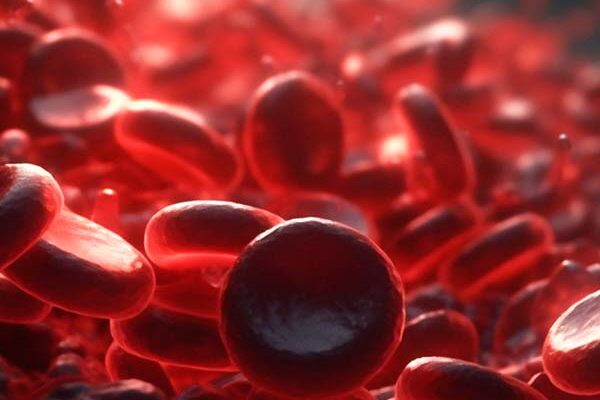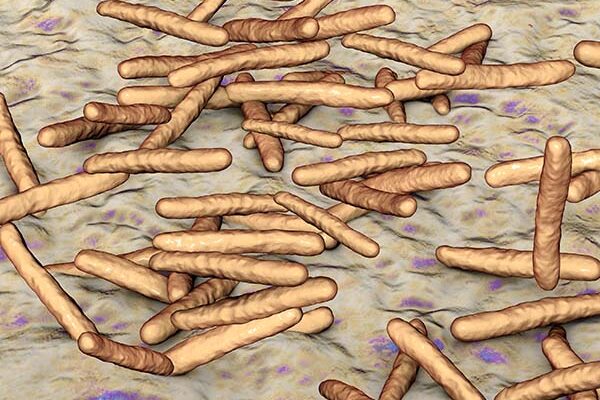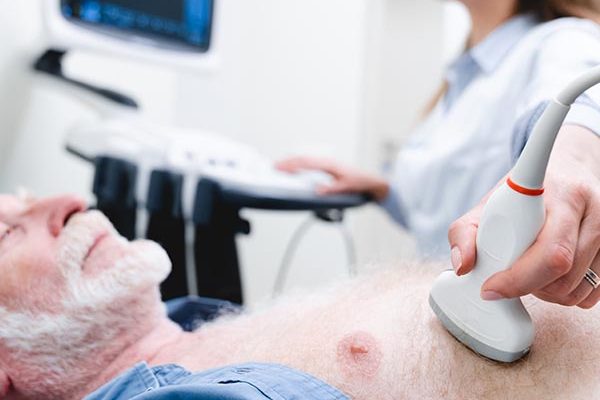This invention enables efficient single molecule nanopore sensing at femtomolar concentrations using dielectrophoretic trapping by combining nanopore sensing and dielectrophoresis (DEP).
Proposed use
The relevant market for this technology is DNA sequencing, specifically in the nanopore segment. The invention can also be extended to other analytes (proteins, RNA) as well as other spectroscopies where concentration is a critical parameter. Most importantly, this device can bridge a major technological gap in science where currently there are few rare-event detection strategies. Finally, this platform opens up the door to single-cell experimentation whereby the sharp nanopipette tip can be used to efficiently extract low copy numbers of nucleic acids.
Problem addressed
One of the greatest challenges facing scientists is the accurate detection and identification of single molecules. Since the mid 1990s the use of single-molecule detection strategies based around nanopores has shown rapid growth. However, a well-known complexity is that detection and capture is predominantly diffusion-limited. This problem is compounded when taking into account the capture volume of a nanopore, typically 108–1010 times smaller than the sample volume. Our invention, a simple, yet powerful, method based on coupling single-molecule dielectrophoretic trapping to nanopore sensing, provides a solution to this problem: DNA can be captured from a controllable, but typically much larger, volume and concentrated at the tip of a metallic nanopore. This enables the detection of single molecules at concentrations as low as 5 fM, which is approximately a 103 reduction in the limit of detection compared with existing methods, while still maintaining efficiency throughput.
Technology overview
The invention is an electrically-charged nanopipette, which exerts a force on the molecule to draw it closer to the tip. The shape and minute size of the tip, less than 50 nanometres, ensures the set up can detect single molecules.
Benefits
- Offers a 1,000-fold improvement in detection efficiency of DNA compared with existing methods (lower limit of 1-10 fM).
- Has the ability to sense DNA at a concentration as low as 5 fM at an event rate of 315 events per minute.
- Faster sequence acquisition obtained by enhanced capture frequency.
- High versatility: applicable to proteins and DNA.
Intellectual property information
Patent : EP3308139A2, US20180164205A1





